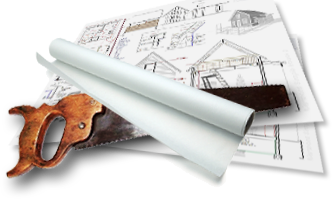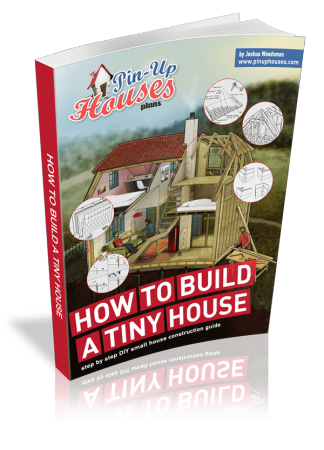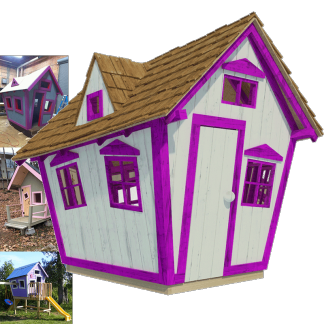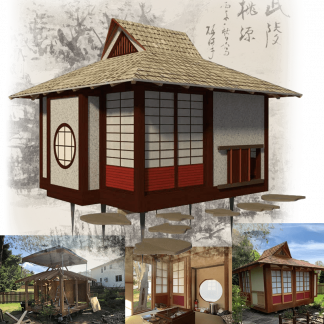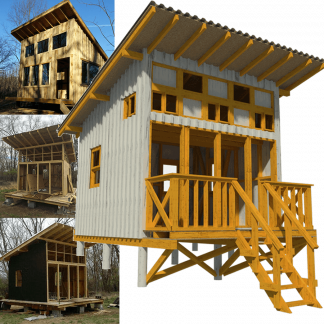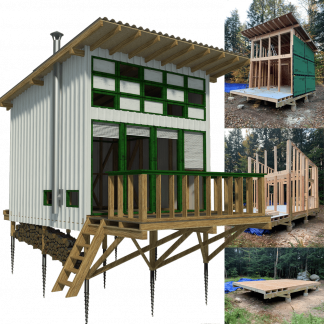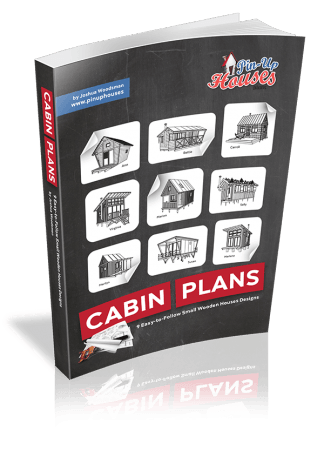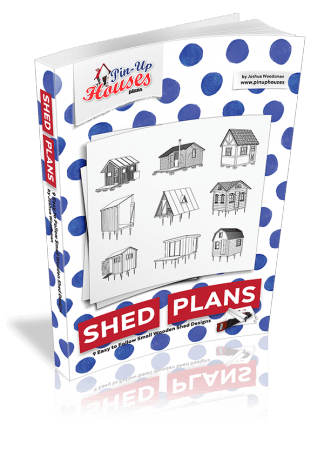Understanding which house types sell fastest in your local market can make the difference between a quick sale and months of showings with no offers. After analyzing thousands of property sales across diverse markets over the past fifteen years, I’ve identified clear patterns in how property type, architectural style, and location interact to influence selling speed. These insights help both sellers optimize their marketing strategies and buyers understand market dynamics that affect their purchasing opportunities.
The relationship between house type and selling speed isn’t universal—what sells quickly in urban markets may languish in suburban areas, while property styles that are in high demand in one region might struggle in another. Regional preferences, demographic trends, and local economic conditions create complex patterns that require careful analysis to navigate successfully.
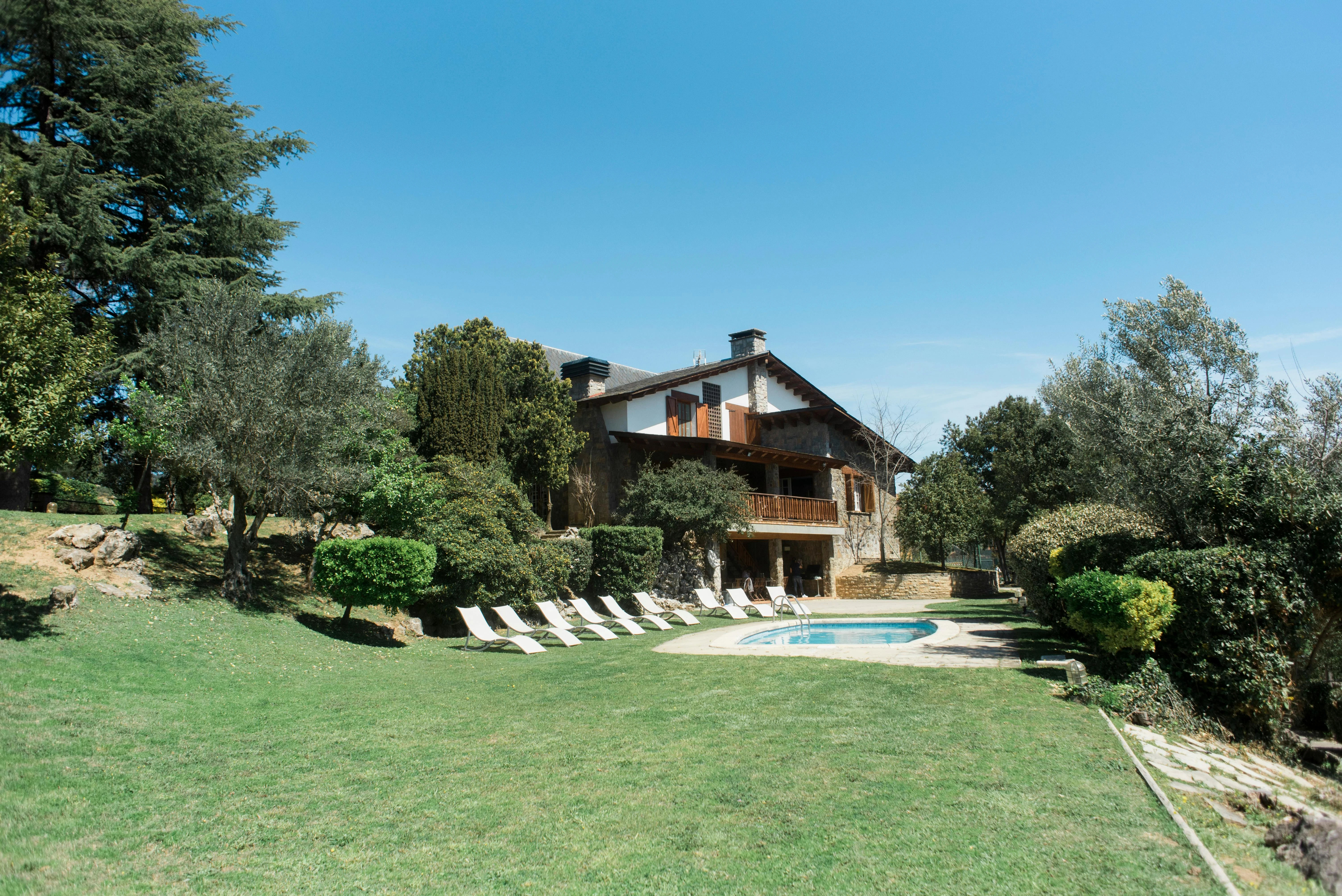
Single-Family Detached Homes: The Market Favorite
Single-family detached homes consistently rank as the fastest-selling property type across most markets, typically selling 15-25% faster than other residential property types. This preference reflects fundamental buyer psychology favoring privacy, yard space, and the autonomy that comes with detached housing.
Optimal Size Range for Speed
Properties in the 1,800-2,500 square foot range tend to sell fastest, as they appeal to the broadest buyer demographic including young families, empty nesters, and move-up buyers. Homes significantly larger or smaller than this range often target narrower buyer pools, extending average time on market.
Three-bedroom, two-bathroom configurations represent the sweet spot for selling speed in most markets. This layout accommodates various family structures while remaining affordable for first-time buyers and manageable for downsizing seniors.
Architectural Style Impact
Contemporary and transitional architectural styles consistently outperform highly stylized options like Mediterranean, Tudor, or ultra-modern designs. Neutral styling appeals to broader buyer pools and photographs well for online marketing, where most buyers form initial impressions.
Ranch-style homes sell particularly well in markets with aging populations, as single-level living eliminates accessibility concerns. Two-story traditional styles perform best in family-oriented suburban markets where space efficiency and neighborhood consistency drive preferences.
Townhomes and Row Houses: Urban Market Champions
Townhomes represent the fastest-selling property type in many urban and high-density suburban markets, often outperforming single-family homes in average days on market. This performance reflects lifestyle preferences among urban professionals who value location convenience over yard maintenance responsibilities.
Location Proximity Factors
Townhomes within walking distance of public transportation, employment centers, or entertainment districts sell significantly faster than those requiring car dependency. Properties within 10 minutes of major highways or transit stations typically sell 20-30% faster than comparable units in less accessible locations.
Urban buyers increasingly prioritize convenience and commute times over space, making well-located townhomes more attractive than larger suburban alternatives requiring lengthy daily commutes.
Maintenance-Free Appeal
The low-maintenance aspects of townhome living attract busy professionals, empty nesters, and investors seeking rental properties. HOA-managed exterior maintenance, landscaping, and common area upkeep eliminate many homeownership responsibilities that busy buyers prefer to avoid.
This maintenance-free lifestyle particularly appeals to demographics driving current housing demand, including millennials establishing careers and baby boomers seeking to reduce homeownership responsibilities without sacrificing homeownership benefits.
Condominiums: Speed Varies by Market Segment
According to Northern Virginia Realtor, Darren Robertson, condominium selling speeds vary dramatically based on location, price point, and target demographic. Luxury high-rise condos in desirable urban locations often sell quickly, while suburban condo complexes may experience extended marketing periods.
Urban vs. Suburban Performance
Urban condominiums, particularly those in walkable neighborhoods with amenities, typically sell faster than suburban alternatives. City condos attract buyers prioritizing lifestyle and convenience, while suburban condos often compete directly with single-family homes that offer more space and privacy for similar prices.
Age and condition significantly impact condo selling speeds. Recently built or extensively updated units sell much faster than dated properties requiring renovation, as condo buyers often seek move-in-ready convenience.
Price Point Considerations
Entry-level condominiums in good school districts sell quickly due to first-time buyer demand and limited affordable housing inventory in many markets. However, luxury condos require more specialized marketing to reach appropriate buyer demographics, potentially extending selling timelines.
New Construction: Speed Through Certainty
Newly constructed homes often sell faster than resale properties due to modern features, energy efficiency, and move-in condition that appeals to contemporary buyer preferences. Builder reputation and location quality significantly influence selling speeds for new construction.
Spec Homes vs. Custom Builds
Spec homes (built without specific buyers) typically sell faster than custom construction, as they’re immediately available and appeal to buyers seeking quick possession. Custom homes target narrower buyer pools and may require extended marketing to find buyers who appreciate specific design choices.
Builder incentives, financing assistance, and warranty coverage often accelerate new construction sales by reducing buyer risk and improving affordability compared to resale alternatives.
Market Timing Factors
New construction selling speeds vary significantly based on market conditions and inventory levels. In markets with limited resale inventory, new construction fills demand gaps and sells quickly. However, during buyer’s markets, new construction may struggle against competitively priced resale alternatives.
Mobile Homes and Manufactured Housing: Niche Market Dynamics
Mobile and manufactured homes occupy specialized market segments with unique selling characteristics. These properties often sell quickly within their target demographics but may experience extended marketing periods when broader buyer pools are required.
Community vs. Land-Owned Properties
Manufactured homes in established communities typically sell faster than those on private land, as community living offers amenities and maintenance services that appeal to target demographics including retirees and first-time buyers.
Age and condition dramatically impact selling speeds for manufactured housing. Newer homes with modern features sell significantly faster than older units, while properties requiring significant updates may struggle to attract buyers even at reduced prices.
Multi-Family Properties: Investor-Driven Markets
Duplexes, triplexes, and small apartment buildings appeal primarily to investors, creating specialized market dynamics that differ significantly from owner-occupant driven sales. These properties often sell quickly to experienced investors who can evaluate opportunities rapidly.
Cash Flow Potential
Properties demonstrating strong rental income potential sell faster than those requiring significant investment to achieve market rents. Investors prioritize cash flow analysis over emotional appeals that drive owner-occupant purchases.
Location quality significantly impacts multi-family selling speeds, as rental demand varies dramatically between neighborhoods. Properties in stable rental markets with low vacancy rates typically sell much faster than those in declining areas.
Geographic Location Impact on Selling Speed
Location factors often outweigh property type in determining selling speeds. Understanding local market preferences helps optimize selling strategies regardless of property type.
School District Quality
Properties in highly-rated school districts consistently sell faster across all property types. Families with children prioritize educational quality, creating sustained demand that accelerates selling speeds even for less desirable property types.
School district boundaries create micro-markets where similar properties may experience dramatically different selling speeds based solely on which schools serve the area.
Employment Center Proximity
Properties within reasonable commuting distance of major employers sell faster than those requiring extensive travel to employment centers. This factor particularly impacts markets with concentrated employment in specific areas.
Remote work trends have modified this dynamic somewhat, as location flexibility reduces the premium on employment center proximity for some buyer segments.
Regional Market Variations and Specialization
Different regions develop preferences for specific property types based on climate, geography, and cultural factors that significantly impact selling speeds. Understanding these regional preferences helps predict market performance.
Texas Market Dynamics
Texas markets, for example, show strong preferences for single-family homes with larger lot sizes, reflecting cultural preferences and available land. In growing metropolitan areas like the Dallas-Fort Worth region, suburban communities continue expanding to meet demand for traditional housing styles.
Markets like Denton demonstrate how college towns create unique dynamics where rental properties and starter homes may sell faster than luxury properties, as student housing demand and young professional employment drive local real estate patterns. Companies specializing in these specific regional markets, such as Four 19 Properties, often develop expertise in understanding these local preferences and can identify properties that align with regional buyer demands.
Similarly, sellers in the Southwest who need a quick, hassle-free transaction often work with companies that specialize in local markets. For instance, those looking to sell a house fast in Arizona can turn to cash home buyers who understand the Phoenix and Tucson metro trends.
Climate Influence on Preferences
Warmer climates favor outdoor living spaces, pools, and single-story designs that maximize indoor-outdoor integration. Colder regions prioritize energy efficiency, garage space, and layouts that minimize heating costs.
These climate-driven preferences create regional variations in which property types sell fastest and command premium pricing.
Age and Condition Impact Across All Types
Regardless of property type, age and condition significantly influence selling speeds. Well-maintained properties in move-in condition consistently outperform those requiring updates or repairs.
Sweet Spot Ages
Properties aged 5-15 years often sell fastest, as they combine modern features with established landscaping and settled neighborhood character. Brand new construction appeals to some buyers, while others prefer properties with proven performance and established communities. Homeowners seeking to refresh or elevate their outdoor spaces with sustainable solutions can contact the Beyond Energy Company to explore innovative landscaping options that enhance property appeal.
Homes over 30 years old may sell quickly if extensively updated with modern systems and finishes, but original condition older properties often struggle against updated alternatives unless priced competitively.
Maintenance and Updates
Recent updates to kitchens, bathrooms, and mechanical systems dramatically improve selling speeds across all property types. Buyers increasingly seek move-in ready properties, making extensive updates valuable investments for selling speed.
Pricing Strategy Impact on Property Type Performance
Pricing strategies must account for property type and local market preferences to optimize selling speeds. Properties priced aggressively for their type and location typically sell faster than those seeking premium positioning.
Competitive Pricing Benefits
Properties priced at or slightly below market value for their type often generate multiple offers and sell within days of listing. This strategy particularly benefits property types with abundant competition, such as standard suburban homes.
Unique property types may justify premium pricing but should expect extended marketing periods to find buyers who appreciate specific features or characteristics.
Marketing Approach Variations by Property Type
Different property types benefit from specialized marketing approaches that highlight features most important to likely buyers.
Visual Marketing Emphasis
Single-family homes benefit from exterior and lifestyle photography that emphasizes privacy and outdoor space. Condominiums should showcase amenities, location convenience, and interior luxury features.
Townhomes require marketing that balances space efficiency with convenience factors, often emphasizing location benefits and maintenance-free lifestyle advantages.
Seasonal Factors Affecting Different Property Types
Seasonal patterns impact property types differently, creating timing opportunities for strategic sellers.
Family Housing Patterns
Single-family homes in good school districts sell fastest during spring months when families plan summer relocations. This pattern particularly benefits three and four-bedroom homes in suburban locations.
Urban properties targeting young professionals may experience less seasonal variation, as career-driven moves occur throughout the year without school year constraints.
Investment Property Considerations
Properties attractive to investors often sell faster than those appealing only to owner-occupants, as investors can make quicker purchase decisions based on financial analysis rather than emotional factors.
Rental Income Potential
Properties in areas with strong rental demand attract investor interest that can accelerate selling speeds. This factor particularly benefits multi-family properties, condominiums in desirable locations, and single-family homes in growing employment centers.
Future Trends Affecting Property Type Preferences
Demographic shifts and lifestyle changes continue evolving preferences for different property types, creating opportunities for sellers who understand emerging trends.
Remote Work Impact
Increased remote work flexibility has elevated demand for properties with home office space, regardless of type. Properties featuring dedicated office areas or flexible spaces sell faster than those requiring buyers to create workspace solutions.
Sustainability Preferences
Energy-efficient properties across all types increasingly outperform standard alternatives as utility costs rise and environmental awareness grows. Solar panels, efficient HVAC systems, and sustainable building materials add selling speed advantages.
Conclusion: Matching Property Type to Market Demand
Understanding which property types sell fastest in your specific market requires analyzing local preferences, demographic trends, and economic factors that drive buyer behavior. While general patterns exist, local market knowledge remains crucial for optimizing selling strategies.
The key is recognizing that property type alone doesn’t determine selling speed—the interaction between type, location, condition, and local market preferences creates the dynamics that influence how quickly properties sell. Successful sellers align their properties with current market demand while understanding the factors that can accelerate or impede their specific property type’s marketability.
Whether you’re selling a single-family home, condominium, townhome, or investment property, understanding these market dynamics helps set realistic expectations and develop strategies that maximize your property’s appeal to the most likely buyers in your local market.

